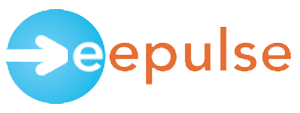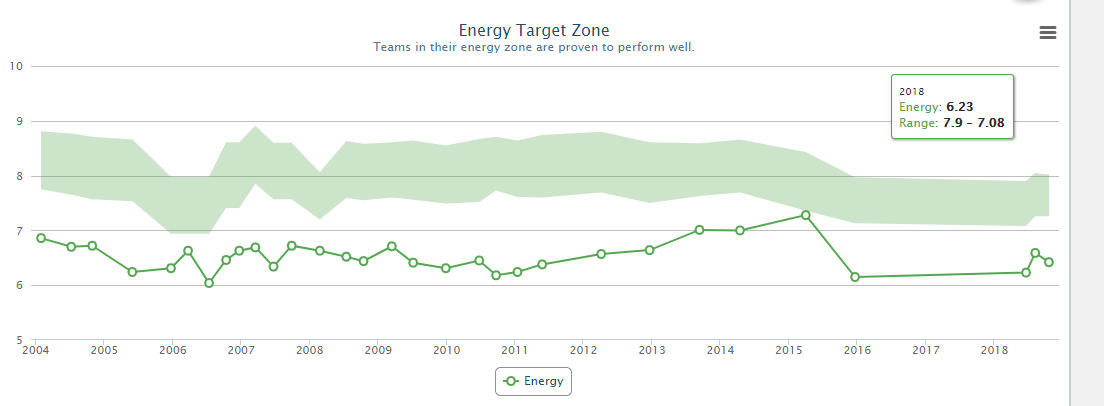Optimization, Trending and Reflective Learning for Better Employee Analytics
noreply • February 9, 2019
Key
words:
Employee surveys, optimization
metrics, trending data, reflective learning and diversity and inclusion
February 9, 2019
With
escalating interest in analytics and data, leaders are spending large amounts
of money and time finding the right data that will lead to better decision
making. When it comes to employee survey data or perhaps even metrics focused
on customers, two key aspects have received less attention, and in this short
article, I review the importance of these two concepts. I do so through an
example from the Leadership Pulse data.
Most scales
and metrics associated with data collection from individuals at work (customers
or employees) tend to focus on the importance of maximization. Organizations
collect data to maximize scores on satisfaction or engagement on a variety of
topics (e.g. pay, leadership, resources at work, etc.). However, should all
these metrics be based on a maximization scale? Should employees be maximally
satisfied? Do we perhaps need some level of dissatisfaction to drive
individuals to make their situation a bit better?
At least one
area of work that I have studied since the late 1990s, employee energy, is not
best studied by focusing on maximization. With over 1 million data points
collected from employees around the world, we have been able to analyze the
predictive capability of studying average and optimization scores on energy. In
all cases, optimization wins.
Energy is defined
as the ability to do work
; this definition comes from physics. And in
physics or sports physiology, energy is understood to be an optimization
construct. The sports analogy is well understood by anyone who begins an
exercise program. When working out, we are told to measure our pulse, and no
doctor or coach suggests that we always maximize our body pulse. You find out
the zone where you will be at your best, where you burn optimal calories, and you
learn how to exercise in the zone.
Absolute
value of energy gap predicts performance
We learned
the same concept applies when we study employee energy at work. We ask
employees where their energy is today, where they are at their best, and then
we calculate the absolute
value of the
gap between those two numbers. Employees with higher individual performance,
higher sales, higher quality scores, who are more prone to stay in their jobs
and who have better safety records all have lower gaps between optimal energy
(where they are at their best) and working energy (energy today).
Our
questions focus on an energy scale that ranges from 0 to 10; both 0 and 10 are
suboptimal numbers. At a pulse that is too high, it can cause damage. A ten at
work means that you
have so much input
and work that you cannot process it all; you are at risk of burnout and can’t
sustain at that level. Thus, people who report a ten need help.
Our job as
managers, leaders and coaches or as individuals managing our careers is to
learn how to keep energy levels at rates that are optimal vs. highest. We find
that people in different occupations report differing optimal energy levels.
For example, sales people say they are best at a 9, while engineers and
programmers usually report they are at their best at a 6 or 7. The difference
is that one job requires high levels of interaction and rejection, while the
other needs time to concentrate.
Trending
is also key to helping employees be at their best
Our other
key learning is that asking about energy once a year does not help a leader evolve
into a better leader, not does it help employees learn to optimize their own energy.
Trending data with more frequent reporting and learning makes a positive
difference.
Consider the example below:
This graph
show data rolled up from the Leadership Pulse from 2004 to 2018. The shaded in
area represents the zone where respondents report they are at their best
(optimal energy), and the single line below shows where they are at the time of
the pulse survey (working energy). Only in 2006 and in 2015 did the leaders
come close to being ‘in the zone.’
These data
led to a tremendous amount of learning over the years. The biggest insight may
be in the importance of reflective learning as part of any metrics strategy.
Reflective
learning: An opportunity to take your analytics strategy to the next level
In our work
on employee energy, we learned that employee energy fluctuates dramatically;
thus, we set up our process of data collection
to be more frequent than what is used with most other employee data collection
strategies. We often collect data as frequently as weekly, and in some cases,
we have done daily work. Most people think this is an unreasonable thing to ask
of employees; however, because we created from day one a learning process that
provides feedback directly to each employee, we are putting employees in the
middle of the learning and improvement process. The energy optimization
frequently process is an engagement tool for individual employees and leaders.
When employees get their own data, we teach employees and managers to use
reflective learning techniques to understand their data and
make their own personal changes to see positive
results.
Employees
get their own data, reflect on what they see, focus on understanding cause and
effect and make changes. Employees own the data; employees own the change; employee
and employers benefit from the results. It’s not a once a year process, and
it’s bottoms up vs. tops down learning with small, continual behavioral
changes.
The Case
of Diversity and Inclusion
What better
use of reflect learning, optimization work and trending than diversity and
inclusion. This is an area receiving great attention today. That’s because
after years of top-down training initiatives, we are discovering that much of
what we thought was being learned is not being acted upon.
Diversity
and inclusion initiatives, just like employee engagement, should not be once a
year initiatives. We can’t force people to change their attitudes and behavior.
Learning processes that use reflective learning, reinforced with data, can have
significant changes immediately and ongoing.
Summary
Much of the
focus on employee data collection work is done under the auspice of improving
the business, however, in too many cases a lot of money is put into data
collection efforts done for public relations purposes rather than for internal
improvement. The questions asked are usually not relevant, and employees are
not using the data to improve their own lives. This is a big miss.
Not only are
the concepts of optimization and trending important for anyone seeking an
effective metrics strategy, but being willing to share ownership to employees,
or using employee-centric engagement
™
as a strategy will be key to gaining
competitive advantage.
Learn more
at:
www.eepulse.com

